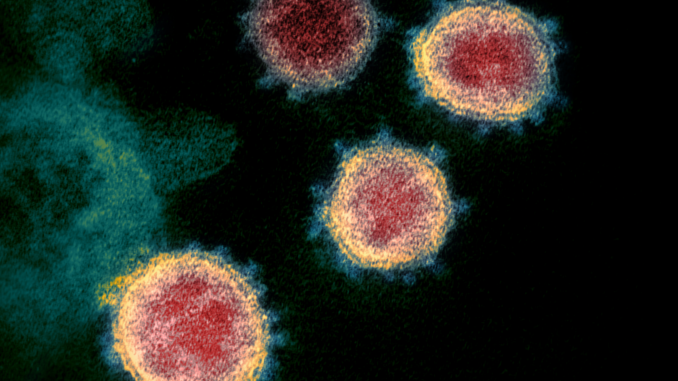
The purpose of communication is to transmit concepts between people. That communication can be verbal or somatic; it doesn’t matter whether someone says “Go away” or makes shooing motions with their hands, provided the person to whom they’re communicating comprehends the intended message.
It is for this reason that definitions are important. If a person has been raised to believe the color blue is called “orange”, it doesn’t matter how many times they are told to give you a blue ball, no such ball will be placed in your hand.
Herd immunity, therefore, needs a common definition. That definition exists: it is when a sufficient percentage of a population has developed strong resistance to infection by a particular disease, to such a degree that the transmission of that disease becomes effectively impossible through the general populace.
People like shortcuts and simplification. Rather than accept the definition they wish to attach a specific percentage to it. Confusion results.
Oxford Languages Dictionary explains that herd immunity is generally found when between 83% to 94% of a population has been vaccinated. WebMD posits that the likely percentages for COVID-19 are between 50% and 67% of a population being resistant, and not necessarily vaccinated. These definitions are important not because they are particularly valued by the medical community but because they are the first two which appear when a Google search is conducted for the term. They are therefore the most likely definitions the average person is likely to find and believe.
The disparity is striking. “Resistant” includes people who have mutation-specific antibodies following contraction of the disease, which appear to be less effective and more prone to naturally dissipate than the antibodies generated following vaccination. The WebMD article also explains that in places with Zika outbreaks, herd immunity was found after roughly 63% exposure.
It’s important to consider transmission vectors. Zika was transmitted nearly exclusively via infected mosquitos; COVID-19 is spread via direct particulate, contact transfer, and especially aerosol. With a greatly expanded transmission footprint, the herd immunity requirements will be much greater for COVID-19. That, alone, should render WebMD’s suggestion of 50-67% unbelievable.
What matters here is cumulative resistance. The resistance of people who have previously contracted the disease is an important factor and will contribute to eventually reaching herd immunity, but if that resistance can be increased by vaccination it is important to do so. People with a 50% resistance to COVID-19 are more likely to become ill than people with a 95% resistance.
While the difference between 50 and 95% might seem small, the effects are immense. Take a sample size of six people, to keep the figures easy to visualize. At 50%, three people who received a sufficient exposure to trigger an infection will do so. They will then spread it to others. At 95%, chances are that none of the six will contract the disease. Lesser resistances are desirable, but higher resistances are key.
Now we need to move on to the other part of the equation. The 83-94% numbers used by Google (which will be accepted for the duration of this discussion, with the caveat that they may be corrected by medical professionals) stipulate that herd immunity is possible only after a population is vaccinated. A population is the quantity of people who perform regular interactions within the confines of a defined area. It doesn’t mean a subset of that group. While it may be wonderful to have an entire subset vaccinated, herd immunity will not be achieved until the others in the population have received similar attention.
The key here is children. More than 20% of the United States population is under 18… roughly 24%. What that means is that until vaccinations are available for children, the maximum possible vaccination levels – if every anti-vaxxer and conspiracy believer were forced by the government to get an injection – would be 76%, far below the number required for herd immunity.
As such requirements are highly unlikely to come (and would face significant resistance if the attempt were made) what can instead be expected is that as time goes by and people see that few ill effects have been encountered by the vaccinated, many of the hesitant will get vaccinated, whether to be part of the group or to participate in an activity only allowed for those who’ve received their shots.
Between the large unvaccinated youth subset of the population and people who are avoiding the shots (and it’s worth recognizing that simple aversion to needles, being convinced of immunity because of prior infection, or simple disbelief of potential dangers resulted in less than 50% of the eligible US population receiving a flu vaccine in 2018-2019) it is unlikely that we will approach 83% resistant by the end of 2022… and 83% would be at the low end of expectations, for diseases which aren’t very easily transmitted.
Herd immunity is not around the corner. It is a goal worth seeking and may become plausible within a few years, but for the duration people need to both get vaccinated and continue to maintain basic precautions, because “resistant” does not mean “immune”.
